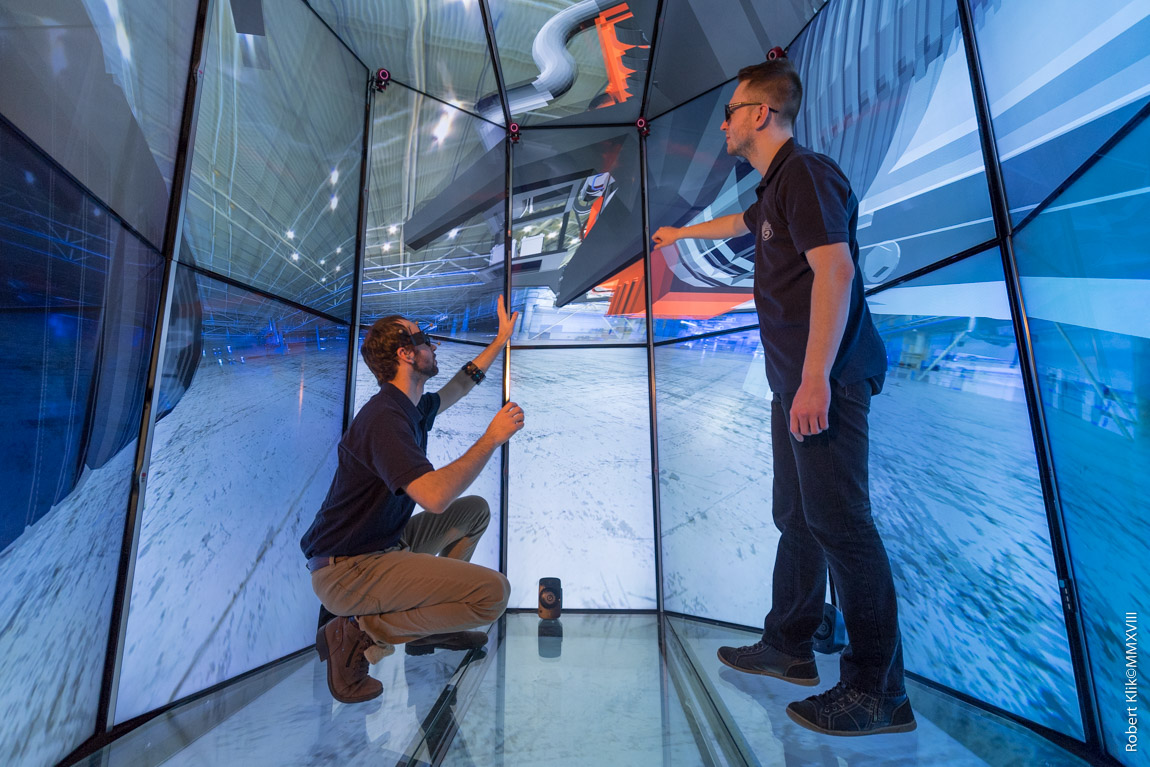Information technologies impact our daily life in many significant ways. Nevertheless, there is a lack of availability of some technologies to the wide public caused by their location and price. This insufficiency seems to be even bigger for disabled people. LIRKIS laboratory of Technical university of Košice proposes solutions in education of these people and develops technologies of virtual reality which are capable to fulfill their needs. This paper is aimed at user interfaces (as VR technology) and the smart environment from human-centered perspective. The development process could become time consuming because in many cases the electrical network, sensory network and other physical elements need to be rebuilt to begin another test. Virtual reality technologies could solve this kind of issues low cost and fast. In this work a CAVE system was used in the comparison of standard approaches. MS
LIRKIS
Laboratory of Intelligent inteRfaces of Communication and Information Systems
